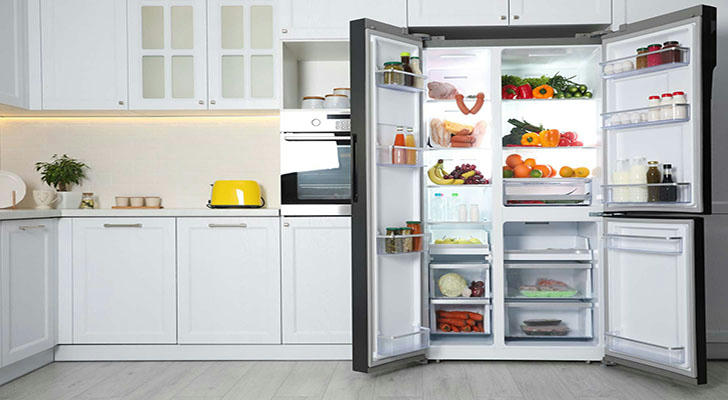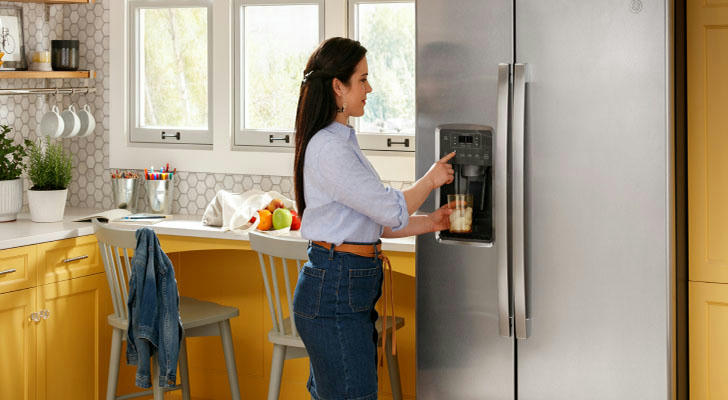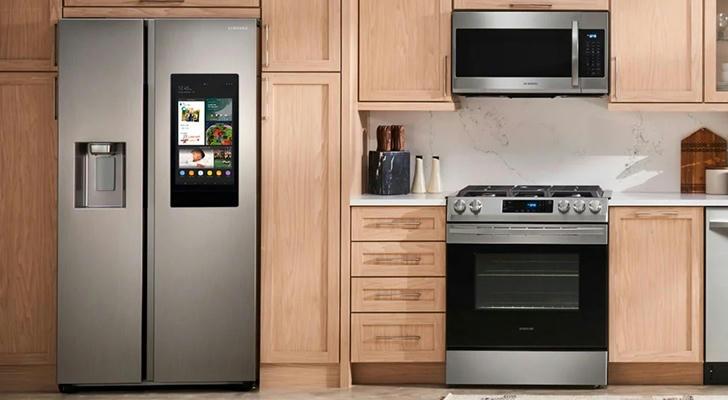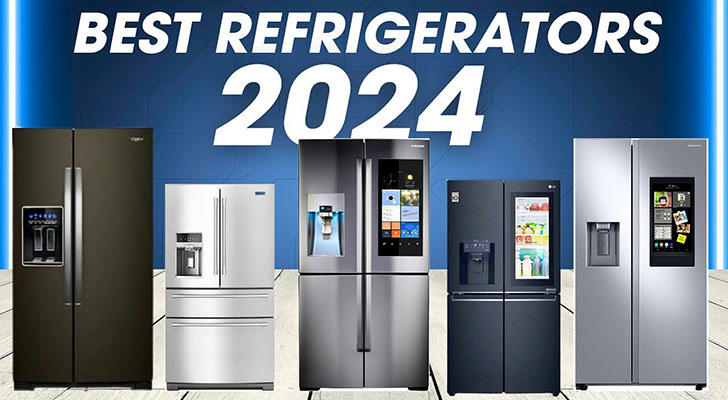How to Choose the Right Refrigerator for Your Home: A Comprehensive Guide

In today's modern households, a refrigerator is one of the most essential appliances, playing a crucial role in storing fresh ingredients and frozen foods. Selecting the right refrigerator is vital not only for food preservation but also for enhancing the quality of life at home. With a plethora of brands and models available on the market, making the right choice can be overwhelming. This article provides an in-depth guide to help you choose the perfect refrigerator for your needs.

1. Determine Size and Space
Before purchasing a refrigerator, the first step is to assess the space where it will be placed. Measure the height, width, and depth of the designated area to ensure that your chosen refrigerator fits comfortably. It's important to consider door clearance as well—whether it opens fully without obstruction. For built-in refrigerators, ensure that there is adequate ventilation space around the unit.
For example, if you have a small kitchen, a compact model might be more suitable. A family of four might require a larger unit with ample storage space, while individuals living alone may opt for a smaller option.
2. Choose the Right Capacity
The capacity of your refrigerator should reflect your household size and shopping habits. Generally, it is recommended to allocate about 100-150 liters of capacity per person. For instance, a family of three would typically benefit from a refrigerator with a capacity of around 300-450 liters.
If you often buy groceries in bulk or store large quantities of fresh produce, consider a larger capacity model. Conversely, if you prefer minimal shopping trips and buy only what you need weekly, a smaller refrigerator may suffice.
3. Consider Cooling Methods
Refrigerators come with various cooling methods: direct cooling, fan cooling (frost-free), and mixed cooling.
• Direct Cooling: Features an exposed evaporator that provides excellent preservation but requires regular defrosting.
• Fan Cooling: Hides the evaporator inside and circulates air with a fan, eliminating the need for defrosting but may cause moisture loss in food.
• Mixed Cooling: Combines both methods to provide optimal preservation without flavor transfer between compartments.
For most families, fan-cooled refrigerators are sufficient for daily needs. However, if you have a higher budget or specific needs (like preserving delicate items), consider mixed cooling models.
4. Features and Functions
Modern refrigerators often come equipped with various features such as quick freezing, smart controls, and antibacterial technology. Assess which features are essential for your household:
• Multi-zone Design: Allows different compartments to maintain varying temperatures.
• Energy Efficiency: Look for models with high energy ratings to save on electricity bills.
• Smart Technology: Some refrigerators offer Wi-Fi connectivity and can be controlled via smartphone apps.
For example, Haier's full-space preservation technology ensures that food stays fresh longer by maintaining optimal humidity levels.

5. Material and Appearance
The appearance and material of the refrigerator are also important considerations. Common materials include metal panels and glass panels; different materials can affect durability and aesthetics. Choose colors and styles that match your home decor to ensure harmony with your overall design.
For instance, if you have a modern kitchen with stainless steel appliances, opting for a sleek stainless steel refrigerator would complement your decor beautifully.
6. Brand Reputation and After-Sales Service
Choosing a reputable brand ensures product quality and reliable after-sales service. Research brand reputation by reading reviews and checking warranty policies. Brands like Haier, Midea, and LG are known for their quality products and customer service.
A real-life example is Sarah's experience when she purchased her Haier refrigerator. After encountering minor issues with temperature regulation within the first year, she contacted customer service and received prompt assistance along with a warranty replacement part at no extra cost.
7. Energy Consumption and Noise Levels
Energy consumption is an important indicator when evaluating refrigerators. Opt for products with high energy efficiency ratings (such as Class A) to save on electricity bills while reducing environmental impact. Additionally, noise levels are another factor to consider; if your kitchen is open-plan or near living areas, choose models designed for quiet operation.
8. Additional Features
Some mid-to-high-end refrigerators come with additional features such as sterilization modes or baby care settings; choose according to your needs. While these features may increase costs, they can enhance convenience and food safety.
For instance, some models come equipped with advanced air filtration systems that reduce odors and bacteria levels inside the fridge.

Conclusion
Choosing the right refrigerator involves considering multiple factors including size, capacity, cooling method, features, brand reputation, energy efficiency, and aesthetics. By clearly understanding your family’s needs and preferences, you can find the perfect refrigerator among numerous options available on the market.
Investing in a quality refrigerator not only improves your quality of life but also effectively extends the freshness of your ingredients—making every meal more delicious. Whether you're preparing meals for a large family or just yourself, having a reliable refrigerator tailored to your needs will enhance your cooking experience and help keep food safe.
With this guide in hand, you can confidently navigate the selection process and find an ideal refrigerator that meets both your functional requirements and personal style preferences!
